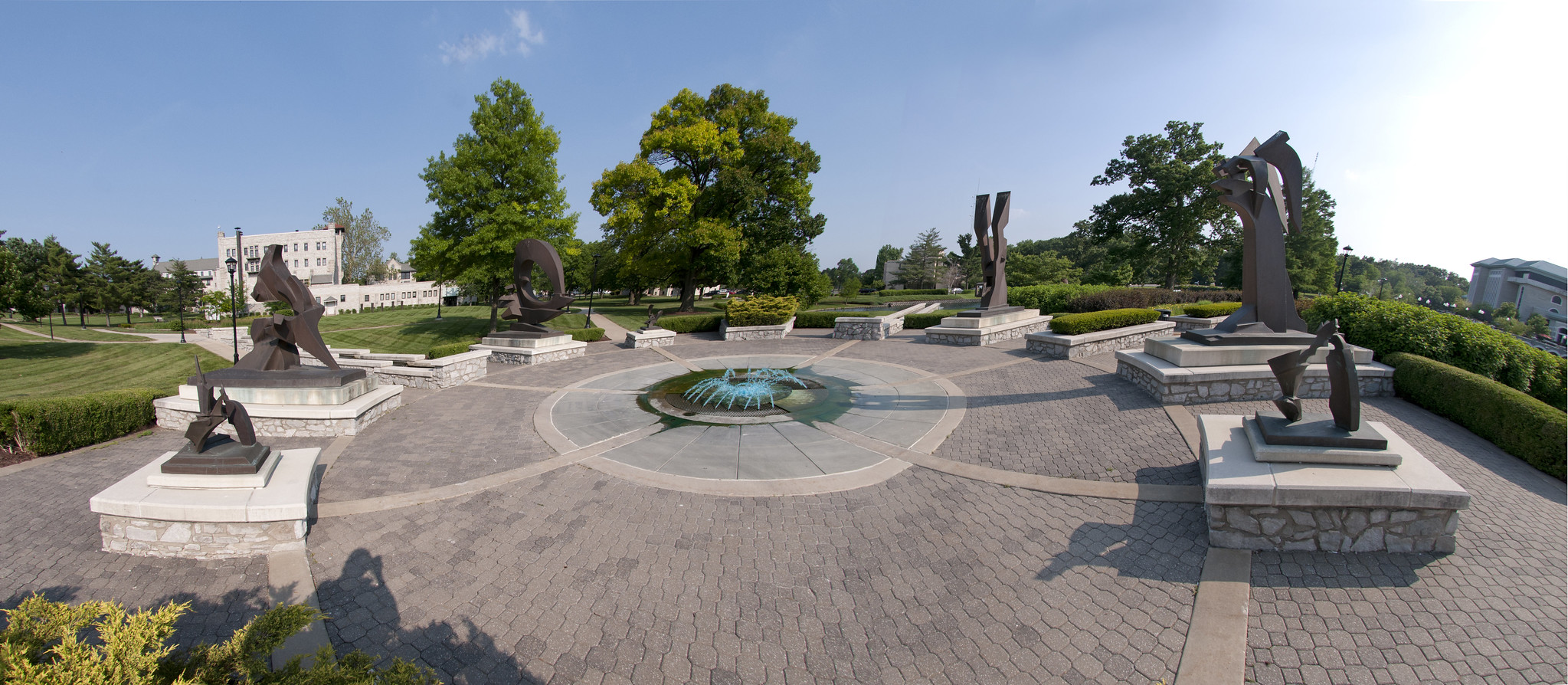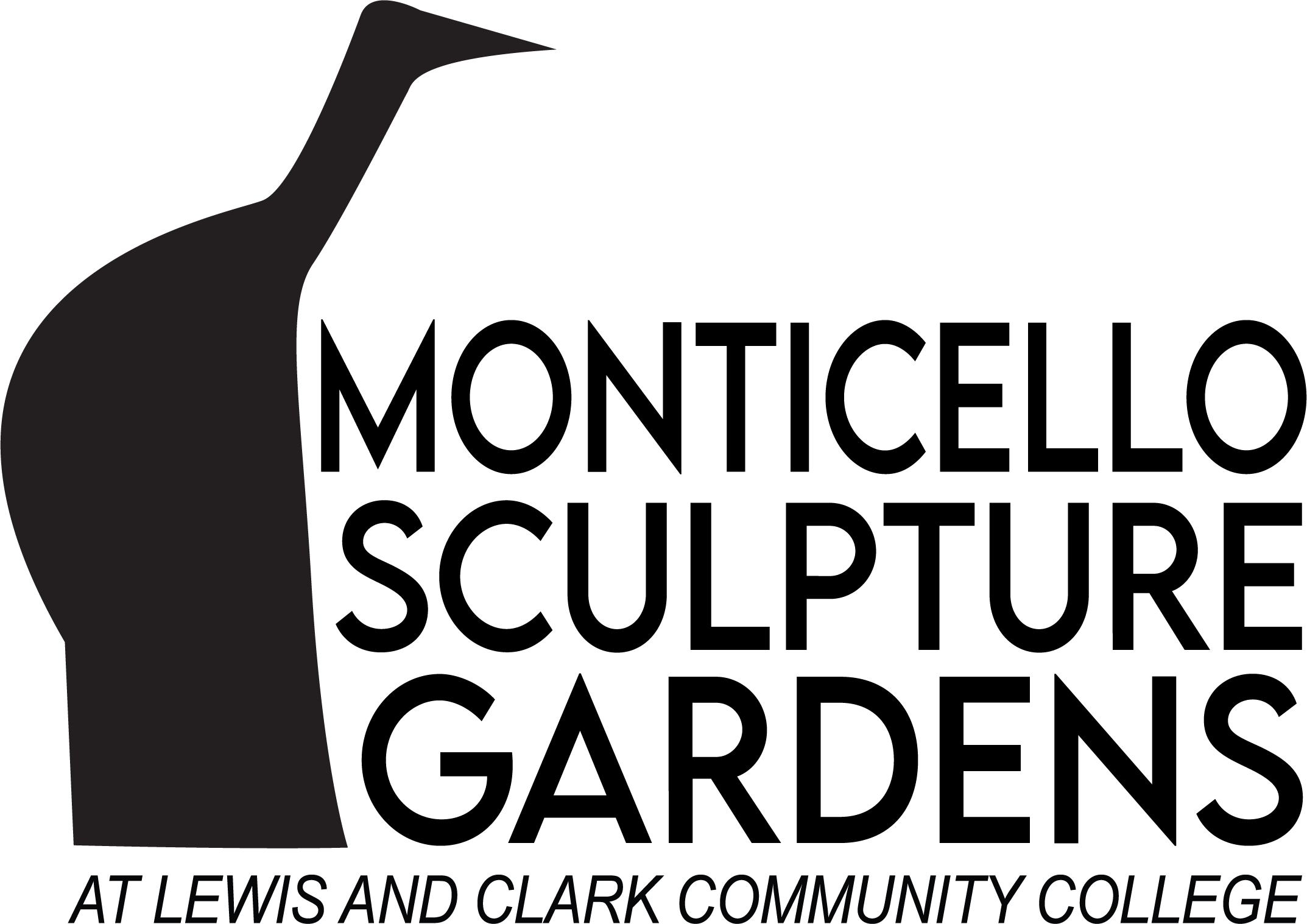Dedicated August 17, 2006

One of the pioneers of direct metal sculpture in the early 1960s, Richard Hunt established a unique interactive process of physically fabricating steel or bronze in a spontaneous gestural manner. As if drawing 3-dimensionally, Richard Hunt uses arc-welders, Mig-welders, Oxy-Acetylene torches and overhead cranes to create sculptures weighing several tons.
During the creative process, Hunt will cut, weld and piece together elements as dictated by the moment. Through this hands-on process, he adds and subtracts elements with cutting torch and welder as if molding clay. In his mind’s eye, he maintains a clear concept of the envisioned results. While the elements and details of his sculptures may expand or contract, the main image will be preserved throughout the process. As a result of his direct involvement in every phase of fabrication, he continues to maintain an energetic vitality in his work.
Richard Hunt is one of the most prolific sculptors of our time. He has hundreds of large scale outdoor sculptures in locations across the country. In 2002, Richard Hunt was commissioned to create a major new sculpture for the fountain plaza at the center of Lewis and Clark’s campus.
Responding to the existing architectural features of the plaza, Richard Hunt created "Crossroads," one of his largest and most complex sculptures to date. Set on the limestone capped stone walls of what is now referred to as Crossroads Plaza are seven sculptural elements, four large and three small works in fabricated bronze. Hunt’s landmark sculpture represents a myriad of images referencing the Lewis and Clark Expedition, the landscape on their horizon, the terrain traveled, contemporary architecture and even the history of art. Symbolically represented through his sculptural imagery are the keelboats of the expedition, the storied mastodons of legend, the billowing drapery of the Hellenistic sculpture, "Winged Victory of Samothrace," and elements of Eero Saarinen’s St. Louis Arch.
Set on the plaza’s stonewalled pediments at three of the four points of the compass are the smaller sculptures. Also fabricated in bronze, they reference the tools used to navigate and to chart the maps recording the passage of the Lewis and Clark Expedition.
Crossroads Plaza serves to connect the historic part of campus to the newer, expanded parts of campus. A series of flumes converge at the fountain in the center of the plaza and define the center point of the campus. The Richard Hunt sculpture Crossroads serves as the visual center of the campus with symbolic references to the history of the college and the westward expansion of the nation.
The sculpture "Crossroads" was commissioned through the Art-in-Architecture Program of the state of Illinois, Capital Development Board with additional support from the Olin Corporation.
Richard Hunt is an American artist, born in 1935.


